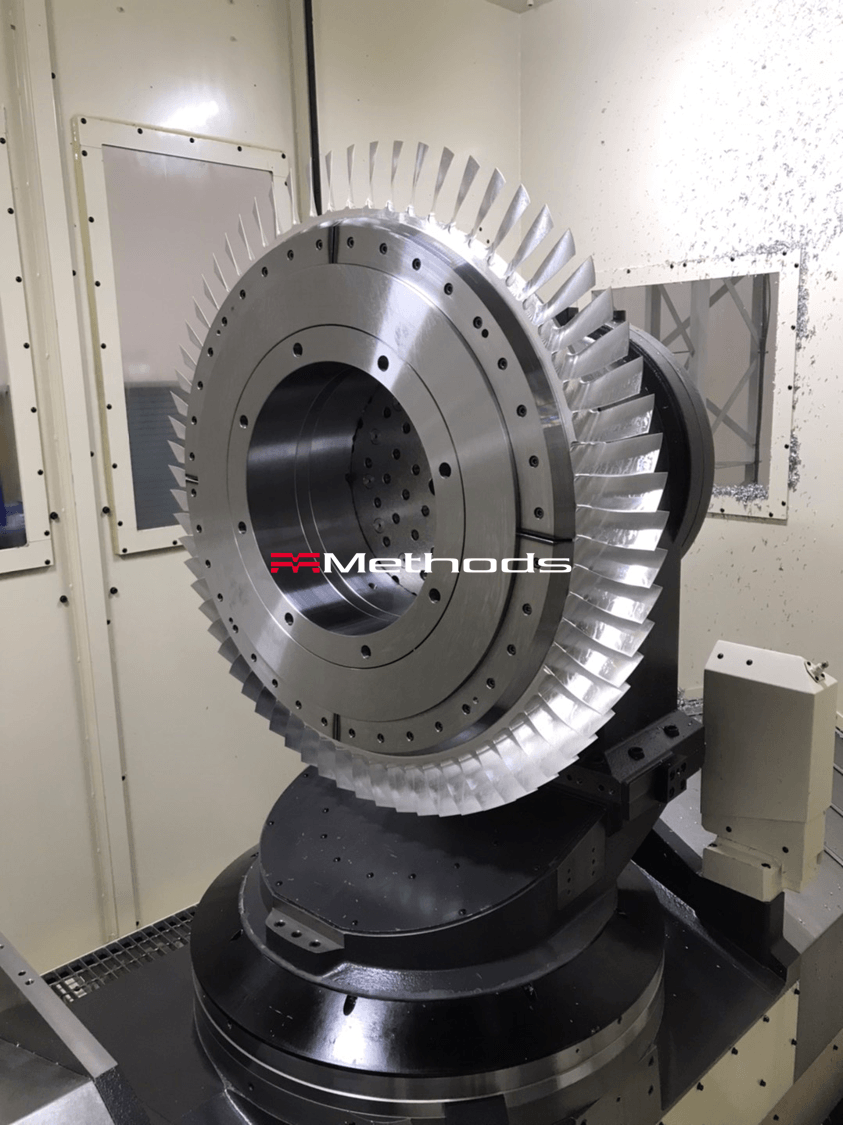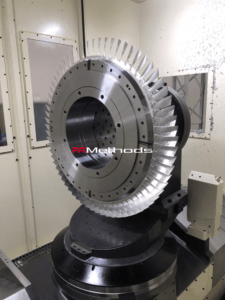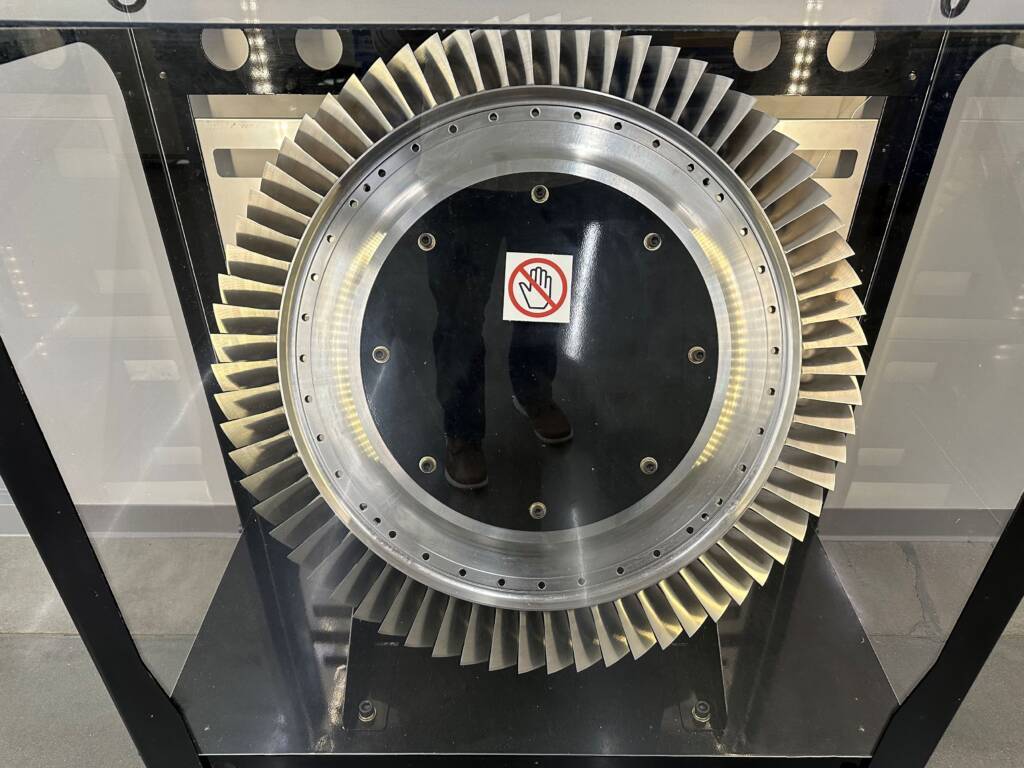5 TIPS FOR AEROSPACE BLISK MANUFACTURING

Bladed disks—or blisks—rank among the most difficult precision machining and precision engineering products in aerospace manufacturing. Due to the high standards often sought by aerospace companies, successful blisk production can present many challenges. Designing and deploying the right programs and processes to ensure the highest quality in the shortest timeframe is not easy, but a worthy pursuit if your company seeks a winning formula in this industry vertical.
Here are 5 tips to help you improve your blisk production.
Address some of the most common problems when manufacturing blisks.

Whether your shop is an aerospace veteran or you’re looking to get into the industry for the first time, cost management or reduction remains a priority.
That means higher throughput, lower cycle time, and ensuring your parts are customer-ready with flawless surface finishes.
Blisks are inherently challenging because of their geometry. It’s tough to hold tight tolerances on the leading edge, which can be +/- 0.0005”. And your blades can be out more than four inches, making reducing chatter and vibration even more challenging.
Design a blisk cutting strategy to reduce cycle time.
There are some well-established blisk cutting strategies that have been proven over the past 10 to 15 years. Trochoidal or dynamic tool path cutting is a technique well suited for machining hard metals.
Along with cutting strategies, cutting fluid has a significant impact on your machining process. The correct fluid depends on the application; for ferrous and nonferrous materials like aluminum, Inconel, titanium, or alloys with high nickel content. The right cutting fluid will extend your tool life and protect your surface finish.

Blisk made on the Yasda YBM 7Ti machined at the Methods Precision Center
Look for the right end mills.
When it comes to tools and holders, first look for rigidity. The complex geometry and varying thicknesses of the workpiece dictate your tooling choices.
Barrel, ball and taper endmills are great for blisks and impellers. There’s a lot of swarf cutting involved in blisk work, so having those tools on hand lets you machine a near-net shape, getting you closer to the finished product faster. Shops that work exclusively in aerospace may even have tools custom-made to perfect a tools’ geometry, rake, hone, and polish.
Select the right CAM software for blisk work.
There are a lot of software tools on the market, and some are better than others for blisk manufacturing. Since blisks can only be efficiently manufactured using a five-axis machine tool, that’s an excellent place to start narrowing your search. But there are still many options; numerous CAM companies make software specifically for blisk work. Blisks involve intricate tool paths and a lot of complex operations, choosing the right CAM software will show you the most effective way to manufacture a blisk without putting your setup at risk.
Choose the right workholding and machine.
High performance, rigidity and vibration dampening are the top qualities you should look for in a workholding. All of that adds up and contributes to your machining environment.
When it comes to machine tool selection, start looking at what tolerances the machine can hold and rigidity.
If your tolerance is too tight, you will get a jerky motion because all five axes are moving toward the same point, changing your velocity and putting your workpiece and spindle at risk. It’s essential to find a reputable vendor who can help meet your machining goals and solve your application challenges.
Read more:
Watch our blisk demo: